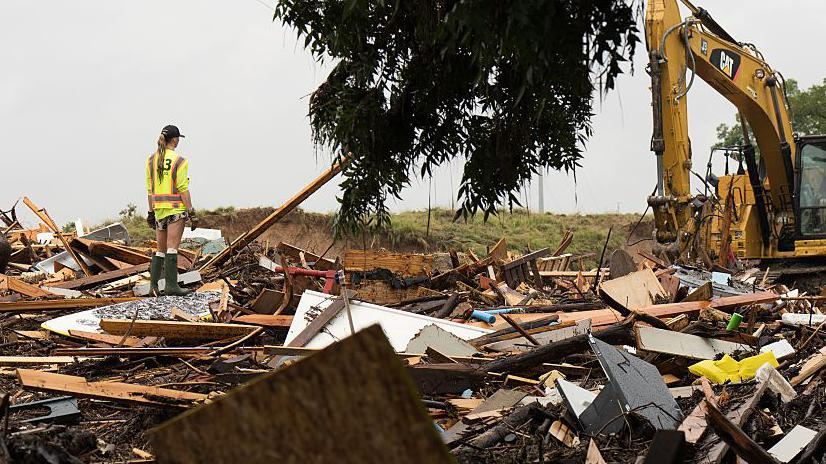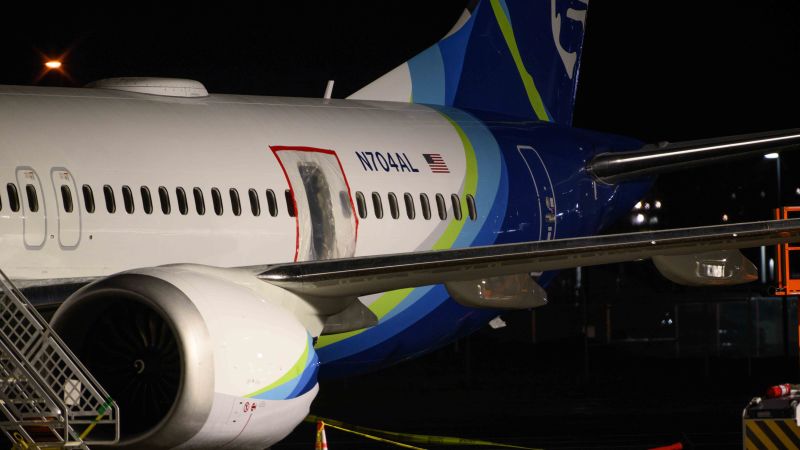Seattle-Tacoma Set to Become Global Gateway as Alaska Airlines Expands Long-Haul Network with New 787s - Travel And Tour World
Monday, July 7, 2025

Alaska Air Group is making tremendous progress in its long-haul capacity in aviation ever since it merged with Hawaiian Airlines. The airline has now booked five extra Boeing 787-9 Dreamliners, bringing its total commitment to 17 planes, which will be instrumental in Alaska’s growing overseas network. This latest decision is part of Alaska’s larger goal of making Seattle-Tacoma International Airport (SEA) into an international aviation hub and has ambitions to operate at least a dozen overseas cities by 2030.
The increased fleet will help the airline boost long-haul services, linking Seattle and other cities in the United States with cities all around the world. Alaska Airlines is also establishing a new 787 pilot base in Seattle as part of this expansion, which will be launched on March 2, 2026. This new base will start employing 15 captains and 30 first officers to crew these long-distance flights, and this will represent one important milestone in the expansion efforts of the airline.
Alaska’s new long-haul routes include exciting upcoming services to Rome and Seoul, marking the airline’s foray into new international markets. Starting in May 2026, Alaska Airlines will launch direct flights from Seattle-Tacoma to Rome, Italy, the airline’s first-ever European service. This marks a significant step for Alaska, as it looks to tap into the growing demand for travel to Europe, with Seattle serving as a key launching point.
Just months earlier, in September 2025, Alaska will also debut its first flights to Seoul, South Korea, expanding its presence in Asia. These two new international destinations are not only a critical part of Alaska’s strategy to diversify its route network but also to solidify Seattle-Tacoma as a gateway for transpacific travel.
These routes will be operated using the newly acquired Boeing 787-9 Dreamliners, which are known for their fuel efficiency, passenger comfort, and long-range capabilities. With these aircraft, Alaska Airlines is well-positioned to offer a seamless flying experience on some of the longest routes in its fleet.
One of the central goals behind Alaska Air Group’s expansion is to transform Seattle-Tacoma International Airport (SEA) into a prominent global gateway. As one of the fastest-growing airports in the U.S., SEA has become a critical hub for Alaska Airlines, especially with the merger with Hawaiian Airlines. Alaska’s new long-haul fleet, coupled with the strategic international route additions, is expected to further bolster SEA’s position as a global aviation center.
In addition to Rome and Seoul, Alaska Airlines is eyeing other international destinations to launch by 2030, which will help the airline expand its global reach. The growing number of international routes from Seattle-Tacoma is expected to increase the airport’s connectivity to Asia, Europe, and beyond, offering passengers a wider variety of travel options.
This push for international growth is also in line with broader industry trends that see U.S. carriers increasingly looking to bolster their long-haul operations. As competition for international routes intensifies, Alaska’s timely investments in its fleet and pilot resources will ensure that it is able to compete with other major airlines operating from North American hubs.
To support its expanding international network, Alaska Airlines is opening a new 787 pilot base in Seattle. The base will be staffed with 15 captains and 30 first officers, ensuring that Alaska has the necessary workforce to operate its new long-haul routes. The opening of this base is part of a broader strategy to ensure that the airline has the right infrastructure in place as it continues to scale its operations.
The new base is a significant investment in Alaska Airlines’ workforce and will help the company meet the growing demand for skilled pilots on its international flights. With a highly trained team of pilots ready to fly the Boeing 787-9s, Alaska will be well-equipped to handle its new global routes, delivering a premium flying experience to passengers traveling to far-flung destinations.
The Boeing 787-9 Dreamliner will be the workhorse of Alaska’s long-haul expansion. This aircraft is known for its ability to travel long distances efficiently, which makes it ideal for international routes. With a range of over 7,600 nautical miles, the 787-9 can easily connect Seattle with far-reaching destinations like Rome and Seoul, making it a key asset in Alaska’s fleet modernization strategy.
The Dreamliner is also designed with passenger comfort in mind, featuring larger windows, improved air quality, and quieter engines, all of which contribute to a more pleasant flying experience. As Alaska Airlines embarks on its long-haul journey, the 787-9s will play a critical role in maintaining high standards of service while also reducing operating costs.
Alaska’s future remains bright as it continues growing in fleet and overseas routes. Its longhaul expansion, bolstered by the new Boeing 787-9s and new pilot base, will make the airline competitively positioned in the global aviation market. By aiming for additional overseas routes and destinations, it puts itself in a better position as a larger player in both the European and transpacific marketplaces.
With new service to Rome and Seoul coming in the future, and an overall plan to serve a dozen global cities by 2030, Alaska will emerge as a major overseas carrier, providing passengers in the United States and elsewhere with additional choices in connecting to the globe.
(Source: Alaska Air.)
«Enjoyed this post? Never miss out on future posts by following us»
Tags: Airline Expansion, Alaska Air Group, Alaska Air Group 2025 expansion, Alaska Air Group expansion, Alaska Airlines, Alaska Airlines international routes, Alaska-Hawaiian Airlines merger, Boeing 787, global flights, international aviation, Long-haul Aviation, long-haul flights Alaska, rome, Rome Seoul new routes, seattle, Seattle-Tacoma international flights, Seoul, transpacific ambitions, United States











